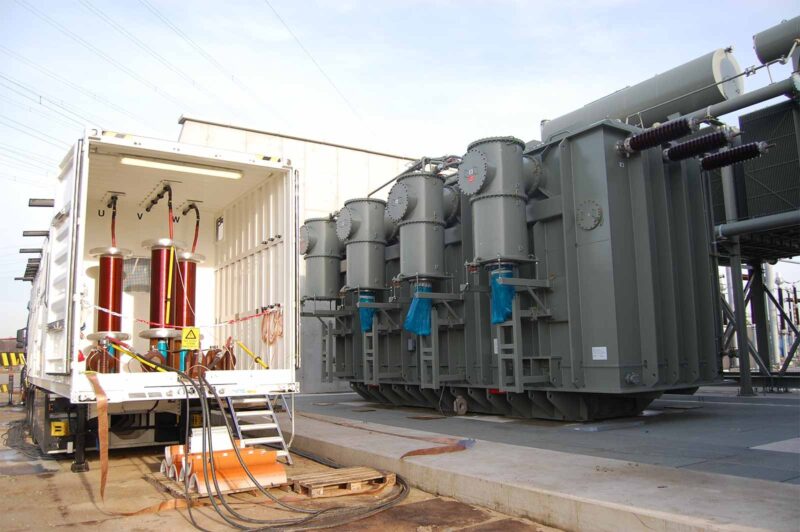The reliability of modern power systems depends not only on strong design principles and robust equipment but also on effective maintenance and testing. High-voltage (HV) testing is one of the most essential preventive measures used by utilities and engineers to ensure system integrity. By detecting weak points in insulation, connections, and components before they cause serious problems, HV testing helps prevent costly failures and outages. It is an integral part of power system commissioning and life-cycle maintenance that keeps electrical infrastructure running safely and efficiently.
The Importance of Preventive HV Testing

Every electrical system faces stress during operation — whether from load variations, environmental conditions, or equipment aging. Without preventive testing, minor defects can grow unnoticed until they result in catastrophic failures. HV testing identifies these issues early by applying controlled voltages higher than normal operating levels to cables, transformers, and switchgear.
This process verifies that insulation systems can withstand extreme conditions, ensuring they perform reliably under service voltage. Moreover, HV tests provide valuable diagnostic data that helps predict the remaining lifespan of critical components. Preventive HV testing reduces unplanned downtime, improves system availability, and safeguards personnel and infrastructure.
Key Methods Used in HV Testing

Different HV testing techniques are employed depending on the type of equipment and the purpose of the test. One of the most common methods is the Dielectric Withstand Test, which assesses insulation integrity by applying a high voltage for a specific duration to confirm there are no breakdowns.
Another crucial test is the Partial Discharge (PD) Measurement, which detects microscopic electrical discharges that may indicate defects in insulation or conductor surfaces. PD testing allows engineers to locate weak spots before they escalate into full breakdowns.
For power transformers, Impulse Testing replicates lightning or switching surges to ensure the insulation system can handle transient overvoltages. Tan Delta (Dissipation Factor) Testing measures dielectric losses, providing insight into insulation aging. Together, these methods form a comprehensive approach that strengthens reliability across the entire power network.
Commissioning and Ongoing Reliability
HV testing is not limited to existing installations — it is equally vital during the commissioning phase of new substations, transmission lines, and industrial systems. Before energizing, engineers perform a series of acceptance tests to confirm that every part of the system meets design standards and safety regulations.
Commissioning tests verify proper installation, grounding, and insulation coordination. They establish baseline data for future condition monitoring and maintenance programs. Regular re-testing during operation then ensures continued reliability and compliance with safety standards. In essence, HV testing bridges the gap between design and performance, validating that theoretical reliability translates into real-world stability.
Conclusion
High-voltage testing serves as the first and most effective line of defense against unexpected power system failures. By identifying hidden defects early, it protects valuable equipment, minimizes costly downtime, and ensures continuous energy delivery. Whether during commissioning or periodic maintenance, comprehensive high voltage testing and commissioning practices remain essential to the integrity of every modern grid. To deepen your understanding of these preventive techniques, [click here to learn more about high voltage testing and commissioning].


